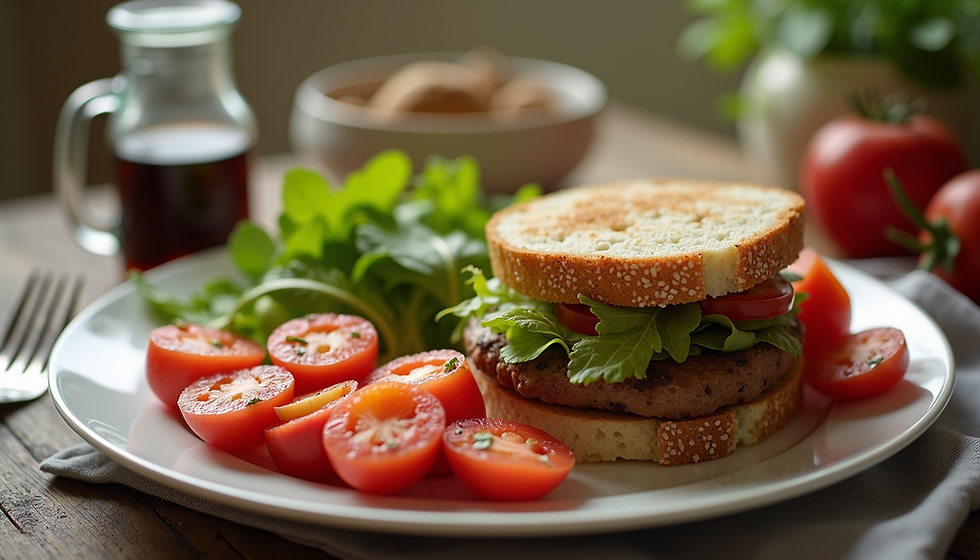Sprouted Almonds
- Dr. Miranda

- Jul 13
- 2 min read

Sprouted almonds are nutrient-rich and easier to digest than raw almonds. Here’s the best way to prepare them:
Steps to Prepare Sprouted Almonds:
Soak the Almonds:
Place raw, unpasteurized almonds in a bowl.
Cover with filtered water (2–3 cups of water per cup of almonds).
Add a pinch of sea salt to enhance sprouting and reduce enzyme inhibitors.
Soak for 8–12 hours at room temperature (overnight is ideal).
Rinse and Drain:
Drain the soaking water and rinse the almonds thoroughly under cool water.
Optional: If sprouting for longer, place almonds in a sprouting jar or a bowl covered with a breathable cloth (e.g., cheesecloth).
Rinse and drain every 8–12 hours for 1–2 days until small white sprouts appear. (Note: Almonds may not sprout significantly due to their hard nature, but soaking alone activates the sprouting process.)
Dry or Dehydrate (for storage or snacking):
Spread the sprouted almonds evenly on a dehydrator tray or baking sheet.
Dehydrate at 105–115°F (40–46°C) for 12–24 hours in a dehydrator until crispy. This low temperature preserves enzymes and nutrients.
Alternatively, dry in an oven on the lowest setting (ideally below 150°F) with the door slightly ajar, checking frequently (8–12 hours).
Ensure almonds are fully dry to prevent mold during storage.
Store:
Store dried sprouted almonds in an airtight container in a cool, dry place for up to 6 months or refrigerate for longer shelf life.
If not drying, consume fresh sprouted almonds within 2–3 days and store in the fridge.
Optional Preparations:
Seasoning: Before dehydrating, toss with spices (e.g., cinnamon, smoked paprika, or sea salt) for flavored almonds.
Blending: Use fresh sprouted almonds to make creamy almond milk, nut butter, or add to smoothies.
Baking: Incorporate into recipes like granola or energy bars.
Tips:
Use raw, organic, unpasteurized almonds for best results, as pasteurized almonds may not sprout.
Taste test during dehydration to achieve desired crunchiness.
Sprouted almonds are softer when fresh; dehydration restores a crunchy texture.
Enjoy as a snack, in salads, or as a base for raw recipes!







Comments